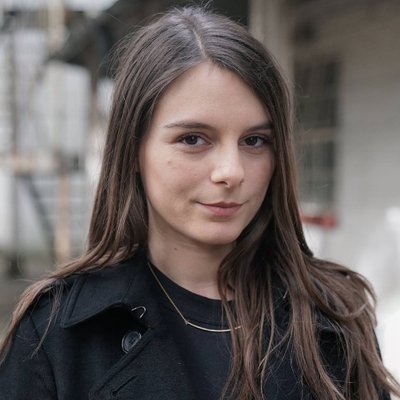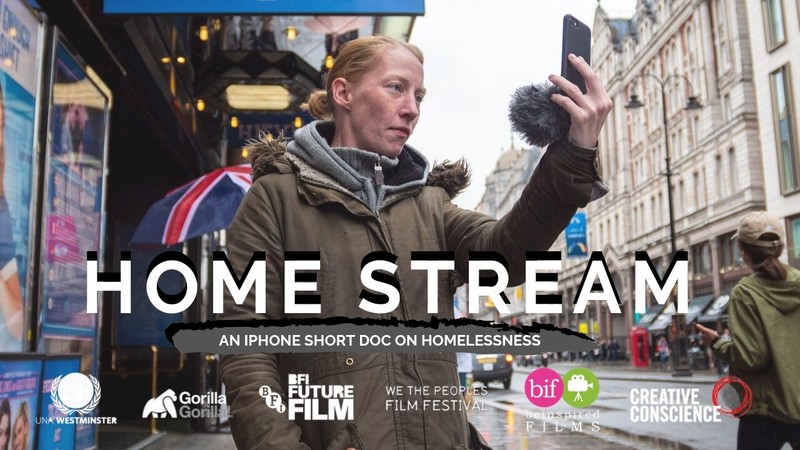Shot On iPhone 7: Lily’s Story by Herself
“Lily has been homeless for a year and a half. We gave her a phone for three days to tell us her story.” That’s the simple premise of a film by London-based filmmaker Giulia Gandini. We asked her to tell us more about the film…
What is the story behind your film?
Home Stream is a short documentary on homelessness, shot on iPhone by a woman experiencing homelessness herself on the streets of London.
“A smartphone can be used as a camera, yet it’s handy, user-friendly and not intimidating.”
What were the steps which led you to make it?
I wanted to create a documentary about homelessness that gave as much agency and freedom of expression as possible to the contributors themselves, erasing to an extent the presence of filmmakers and camera operators.
I pitched the project at BFI Southbank in London to an event organised by the UN and BFI Future Film, and received funding and support. Then I brought on-board my incredible producer Hannah Siden and it started all from there!
Why did you choose a smartphone to film with?
A smartphone can be used as a camera, yet it’s handy, user-friendly and not intimidating.
Since I wanted my contributors to operate the camera themselves (without the intervention of camera operators) and I wanted the documentary to feel real and in the moment (without people passing by to notice the filming device), a smartphone was the obvious choice.
Also, I wanted to reshape the perception of the device: an iPhone might be an everyday object to most people, but to someone that is usually silenced and marginalised it can become a powerful tool of self-expression and representation.
What equipment did you use?
We filmed on iPhone7 with a Rode VideoMic Me-L (highly recommended mic btw, it made a huge difference in terms of sound quality and it’s very small and quite cheap)! We edited on Adobe Premiere Pro.
How much did you know about filmmaking before you made this film?
I graduated two years ago from MET Film School in London with an MA in Directing. Since then I’ve mainly directed live action short films (my latest short My Time was long-listed for the Oscars 2020). Home Stream is my first documentary.
What did you like/not like about filming with a phone?
The most exciting thing about filming a doc with a phone is how handy and practical the device is. It attracts almost no attention whatsoever, so it allows you to film moments and places where a camera would likely be noticeable.
How successful was the film, personally and in gaining an audience for your work?
Home Stream has been acquired and distributed online by Real Stories and NowThis, reaching more than 6 million organic Facebook views. We’ve raised some funds that went to Lily herself and charities helping people experiencing homelessness. I’m very proud of what Lily, my team and I have created!
How important are film festivals that give these kind of films a platform for you?
Without film festivals it’d be very hard for independent short films to reach audiences, and for me as a filmmaker it’s very important to showcase my work, get feedback, know that it’ll emotionally touch some viewers. It’s even more important when it comes to films with a social message, because they have the potential to change perceptions and make a difference.
Thanks again MoMo for screening Home Stream and making Lily’s story count!
You’re welcome!

Eager to learn more?
Join our weekly newsletter featuring inspiring stories, no-budget filmmaking tips and comprehensive equipment reviews to help you turn your film projects into reality!
Simon Horrocks
Simon Horrocks is a screenwriter & filmmaker. His debut feature THIRD CONTACT was shot on a consumer camcorder and premiered at the BFI IMAX in 2013. His shot-on-smartphones sci-fi series SILENT EYE featured on Amazon Prime. He now runs a popular Patreon page which offers online courses for beginners, customised tips and more: www.patreon.com/SilentEye


